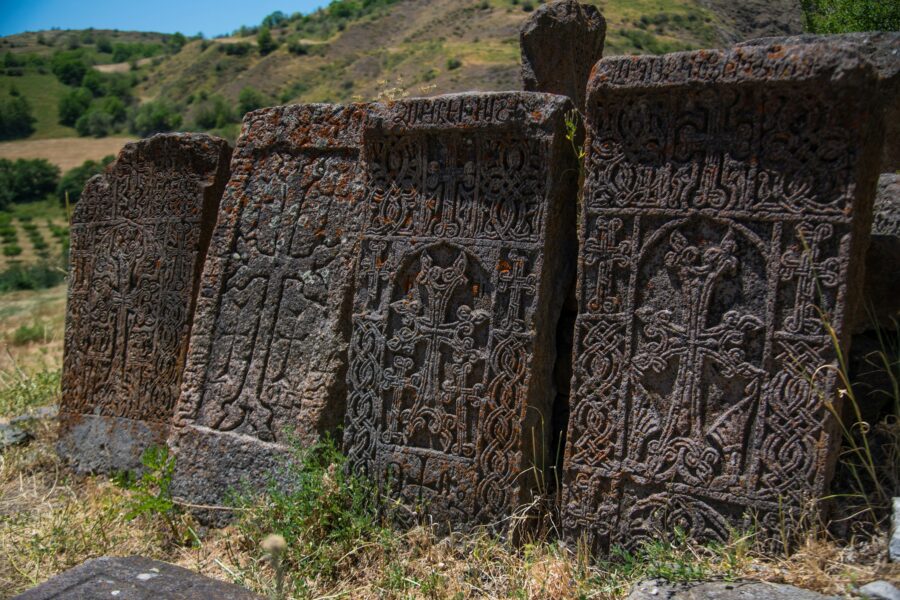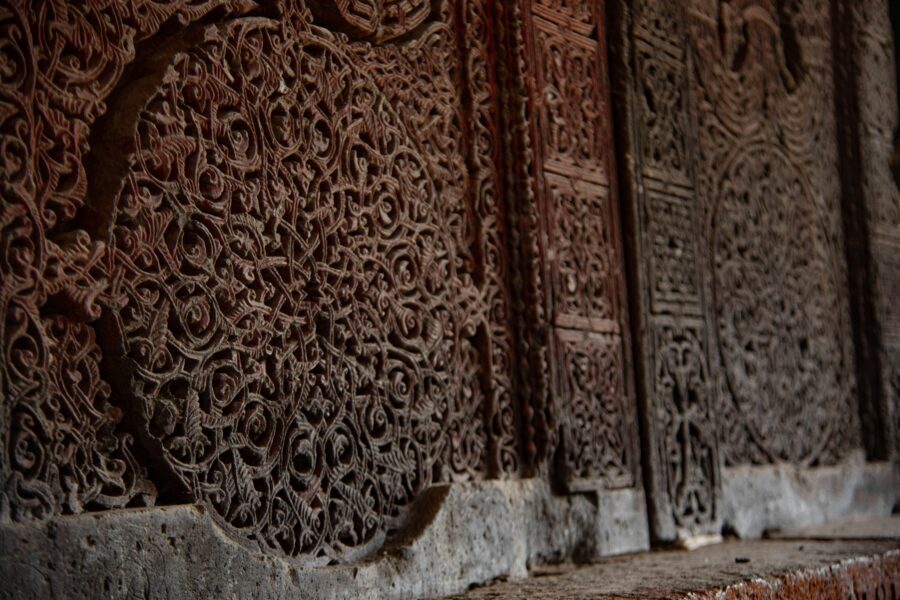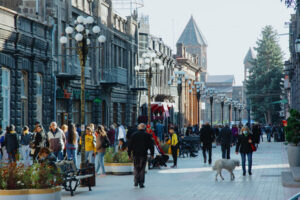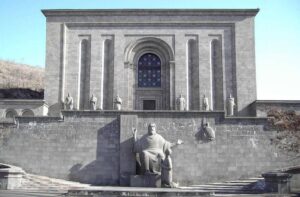Armenia, a country rich in history and culture, is home to many architectural wonders. One of the most fascinating and unique aspects of Armenian artistry is the creation of khachkars. These intricately carved stone crosses can be found throughout the country, but the village of Noratus is particularly renowned for its impressive collection.
The Significance of Khachkars



Khachkars, also known as Armenian cross-stones, have a deep spiritual and cultural significance in Armenia. They are not just decorative pieces of art, but also serve as memorials and symbols of faith. The word “khachkar” itself translates to “cross-stone” in Armenian, highlighting the central motif of the design.
These beautiful stone crosses are typically carved from tuff, a volcanic rock found abundantly in Armenia. The intricate patterns and motifs on khachkars often depict scenes from the Bible, as well as elements from nature and daily life. Each carving is unique and tells a story, reflecting the creativity and craftsmanship of the Armenian people.
The Khachkars of Noratus
Noratus, a small village located on the eastern shore of Lake Sevan, is home to one of the largest khachkar cemeteries in Armenia. This historic site is a testament to the enduring legacy of Armenian stone cross artistry. The cemetery is believed to date back to the 10th century, with over 800 khachkars scattered across the grounds.
Walking through the cemetery, visitors are greeted by a mesmerizing display of stone crosses in various shapes and sizes. Each khachkar is a masterpiece in its own right, with intricate carvings that have withstood the test of time. The cemetery is not only a place of remembrance but also a living museum, showcasing the evolution of khachkar designs throughout the centuries.
Preserving a Cultural Heritage
Despite their cultural significance, khachkars have faced numerous challenges throughout history. From natural erosion to deliberate destruction during periods of war and conflict, these delicate stone carvings have been under threat. However, efforts have been made to preserve and protect this unique art form.
Organizations such as the Armenian government and UNESCO have recognized the importance of khachkars and have taken steps to safeguard them. Conservation projects, including documentation, restoration, and education, have been implemented to ensure the longevity of these cultural treasures.
Experiencing the Khachkars of Noratus
Visiting Noratus and witnessing the khachkars firsthand is a truly awe-inspiring experience. As you walk among the stone crosses, you can’t help but feel a sense of reverence and admiration for the artistry and craftsmanship that went into creating them.
Whether you’re an art enthusiast, a history buff, or a spiritual seeker, the khachkars of Noratus offer a unique glimpse into Armenia’s rich cultural heritage. Take your time to explore the cemetery, appreciate the intricate carvings, and immerse yourself in the stories and symbolism behind each khachkar.
Remember to respect the site and its significance by refraining from touching or damaging the khachkars. These stone crosses have survived for centuries, and it is our responsibility to ensure their preservation for future generations.
Conclusion
The khachkars of Noratus are a testament to Armenia’s unique stone cross artistry. These intricately carved stone crosses not only serve as memorials and symbols of faith but also showcase the creativity and craftsmanship of the Armenian people. Visiting Noratus and experiencing the khachkars firsthand is a truly enriching experience that allows you to connect with Armenia’s rich cultural heritage. Let us cherish and preserve these cultural treasures for generations to come.



